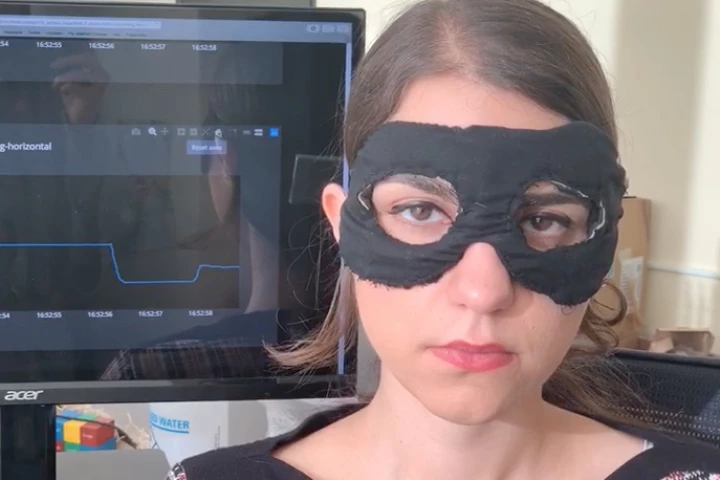Gaze-tracking
-
Two new technologies allow a single pair of glasses to track eye movements and read the wearer's facial expressions, respectively. The systems use sonar instead of cameras, for better battery life and increased user privacy.
-
Back in 2018, scientists at Duke University discovered that each time our eyes move, our ears make an imperceptible squeaking noise. Now, the researchers have developed a method of telling where a person is looking by analyzing those sounds.
-
When you're looking at a tank full of fish at a public aquarium, it can be difficult to figure out which ones are which species. The AI Aquarium is designed to help, by overlaying information that lines up with the individual fish in question.
-
After developing hardware for computers and laptops for years, Sweden's Tobii Dynavox has now brought its eye-tracking know-how to Apple's iPad, giving a voice to folks with conditions like cerebral palsy, ALS and spinal cord injury.
-
Although it's certainly best to start addressing autism as early as possible, the disorder is often difficult to detect in young children. A new iOS app has been designed to help, by tracking a child's eyes as they watch videos.
-
When tracking a sleeping person's eye movements, you typically have to stick hard-wired electrodes onto their face. Soon, however, an unobtrusive flexible mask could do the job – while also measuring their heart rate.
-
We've seen it in movies many times before … the reluctant witness who looks right at the mug shot of the murderer, and falsely claims that they don't know him. Soon, however, police could know if such people are lying – by watching their eyes.
-
Autism spectrum disorder (ASD) can be a very difficult condition to diagnose, particularly in young children. Previously, we've seen technology intended to detect it by "reading" kids' faces. A new system, however, also gets children to read the faces of others.
-
For people who cannot speak, nor move their arms, hands or even heads, computer-connected eye-tracking systems allow for communications via eye movements. Such systems have some drawbacks, however, which a new prototype headset is claimed to address.
-
Researchers at BBC Research & Development are testing a prototype subtitle positioning system that uses gaze-tracking technology and frees subtitles from the shackles that have traditionally kept them at the bottom of the screen.
-
When added onto an existing Kinect, the NUIA eyeCharm allows it to serve as an eye-tracking device.







